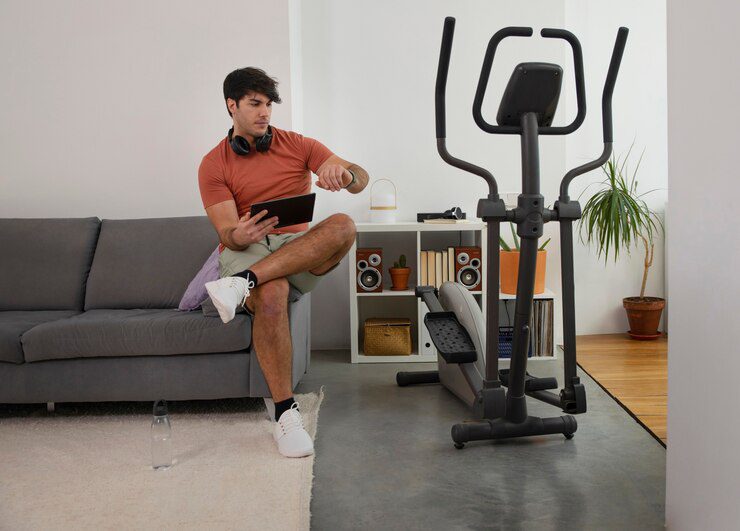Let’s face it, the gym scene can be intimidating. Between the clanking weights, grunting gym rats, and the unspoken pressure to resemble a fitness influencer, it’s enough to make anyone feel like a newbie lost in a protein shake fog. But what about those who face even bigger hurdles to getting fit? This is where the revolutionary concept of adaptive fitness steps in, changing the game for people with disabilities.
Why Adaptive Fitness Matters: Breaking Down Barriers
Adaptive fitness isn’t just about jazzing up your workout routine. It’s about creating a fitness landscape that’s inclusive and accessible to everyone, regardless of ability. Here’s why it matters:
Empowerment Through Exercise: Physical activity isn’t just about looking good; it’s about feeling good. Adaptive fitness empowers individuals with disabilities to experience the physical and mental benefits of exercise, boosting confidence and overall well-being.
Combating Social Isolation: Gyms can be isolating for those who feel out of place. Adaptive fitness programs create a supportive and inclusive environment where everyone feels welcome and can connect with others on a similar journey.
Healthier Lives for All: People with disabilities are more susceptible to certain health conditions. Adaptive fitness plays a crucial role in promoting physical activity, leading to a healthier lifestyle and potentially reducing the risk of chronic diseases.
The Power of Adaptation: How Adaptive Fitness Works
Adaptive fitness isn’t a one-size-fits-all approach. It’s about making workouts as per individual needs and abilities. Here’s a glimpse into how it works:
Modified Equipment: Goodbye, intimidating weight machines! Adaptive fitness utilizes specialized equipment or modifications to ensure exercises are safe and effective for everyone. Think lighter weights, resistance bands, and chairs for those who need extra support.
A Focus on Ability, Not Disability: Instructors trained in adaptive fitness focus on what individuals can do, not what they can’t. They create personalized routines that leverage existing strengths and gradually build on them.
Beyond the Gym Walls: Adaptive fitness isn’t confined to a brick-and-mortar gym. Workouts can be adapted for home environments or taken outdoors, making exercise more accessible and convenient.
Adaptive Fitness in Action: Examples for Inspiration
Curious to see adaptive fitness in action? Here are some inspiring examples:
Yoga for Everyone: Yoga poses can be modified to accommodate various physical limitations. Using chairs, props, and supportive partners, individuals with disabilities can experience the benefits of yoga, from improved flexibility to stress reduction.
Swimming for All: Water exercises are a fantastic option for those with limited mobility. The buoyancy of water provides support, making movement gentler on joints while still offering a great workout.
Strength Training Redefined: Free weights and machines might not be for everyone, but strength training can still be part of an adaptive fitness program. Resistance bands, bodyweight exercises, and even household items can be used to build muscle and improve strength.
Getting Started with Adaptive Fitness: Resources and Tips
Ready to embrace adaptive fitness or help someone you know get started? Here are some resources and tips:
Adaptive Fitness Organizations: Several organizations promote and support adaptive fitness programs. Look for local chapters of the National Center on Physical Activity and Disability (NCPAD) or the Christopher & Dana Reeve Foundation.
Talk to Your Doctor: Before starting any new exercise program, consult with a healthcare professional to ensure it’s safe and aligns with your specific needs.
Embrace Technology: There are numerous fitness apps and online resources specifically designed for adaptive fitness. Do some research and find tools that fit your workout goals and abilities.
Adaptive Fitness: A Movement for Change
Adaptive fitness isn’t just a trend; it’s a movement for change. It’s about creating a world where everyone, regardless of ability, has the opportunity to experience the joy and benefits of physical activity. So, let’s ditch the limitations and embrace a fitness landscape that’s inclusive, empowering, and truly works for everyone. Remember, strong doesn’t have to look a certain way – it’s about pushing your own boundaries and celebrating your unique abilities. Now, get out there and move your body!







